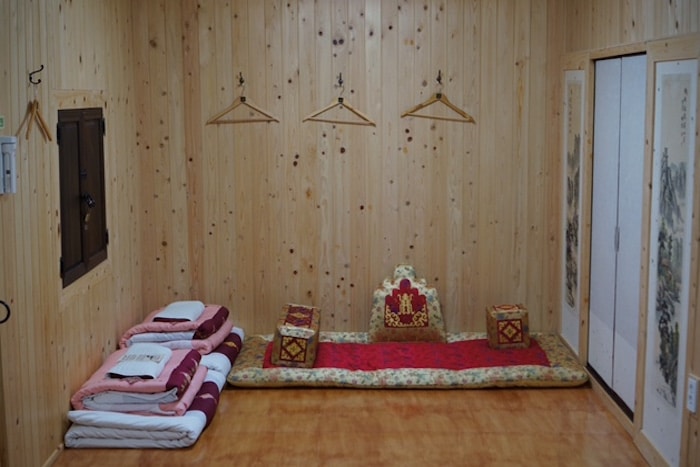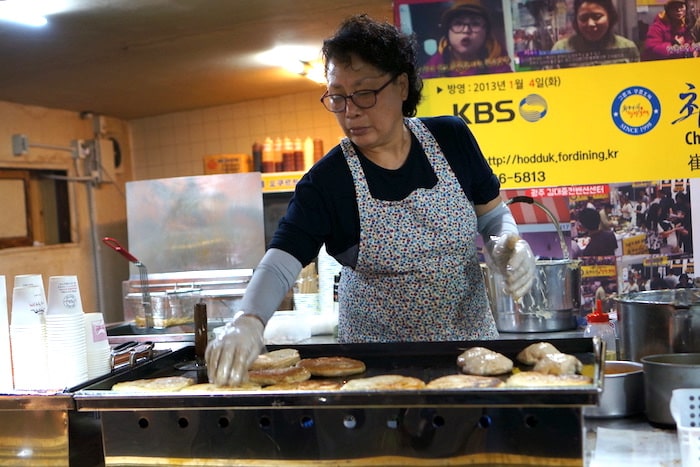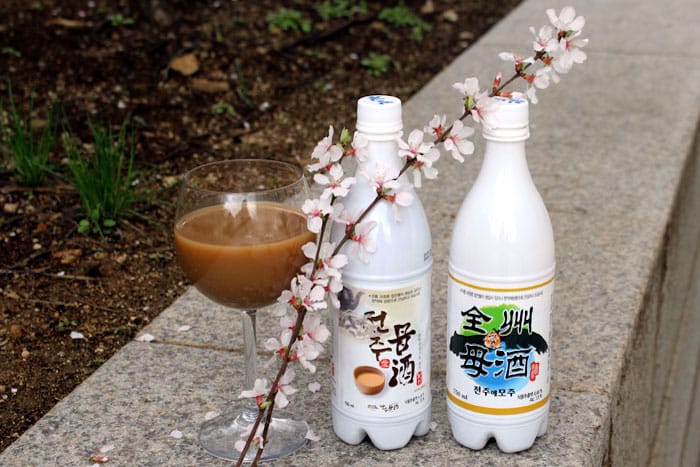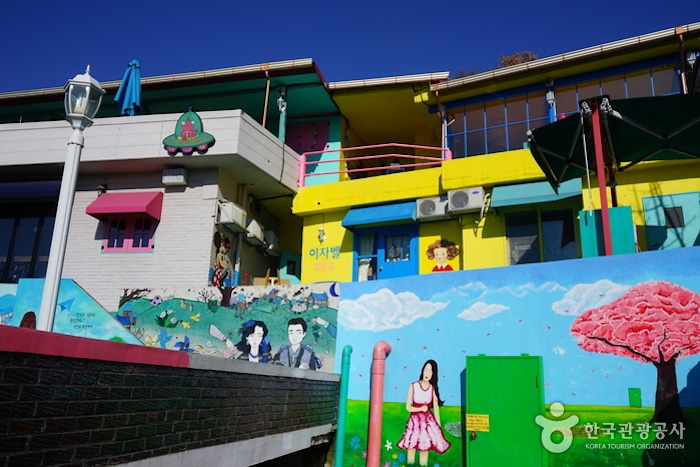5 Reasons to Visit Jeonju – South Korea’s Slow City and Foodie Capital
PUBLISHED January 23rd, 2017 07:00 am | UPDATED May 12th, 2023 05:18 am
Life in Jeonju might not be as hectic as that in Seoul or Busan, but it wasn’t just the pace of life that got it certified a slow city. Global authority Cittaslow International has expanded their endorsement to include the entire capital of the North Jeolla – the initial stamp of approval was just for the Hanok Village – last year for its efforts in preserving Korean traditions and nature. In 2012, Jeonju was also designated a UNESCO City of Gastronomy for its high quality traditional Korea food and food industries.

Located less than three hours from Seoul by train, Jeonju remains rather underrated with foreign travelers despite being immensely popular with domestic tourists. If you don’t have much time, it’s an easy day trip from Seoul, but we suggest taking spending a couple of days in the beautiful city so you can explore to your heart’s content. And here are five things to see and do:
Visit Jeonju’s Hanok Village

As the royal Yi family that founded the Joseon Dynasty was from Jeonju, the city has long been regarded as the spiritual capital of that dynastic era. Comprising more than 800 houses, the Jeonju Hanok Village overlaps the Pungnam-dong and Gyo-dong neighbourhoods, which are right in the middle of the city. Spread out around a network of cobblestoned lanes, the hanok houses feature gently curving slate-tile roofs, white walls, and pretty courtyards.

Today, the majority of them have been modernised to house workshops, museums, teahouses, boutiques, as well as guesthouses. If you haven’t lived in one before, give it a try – it’s quite an experience with the unique ondol floor heating system and spectacular Korean breakfasts.
Try on the Hanbok

With simple lines and vibrant colours, Korea’s national dress is one of the most representative things about the Korean peninsula. Demand and supply has led to hanbok rental shops to pop up around palaces and hanok villages in Seoul and Jeonju alike. Prices start range from 5,000 to 15,000 won for an hour, depending on how fancy the hanbok is. They also have hair accessories and norigae (tassels attached to jacket or skirt strings) available for an extra fee.

For ladies, we recommend pulling your hair back (because the focus is on your face) with a braid if you have long hair or a headband if you have short hair. Also, pair a white jacket with a vividly coloured skirt for a better contrast in photos as the historical buildings in Jeonju are more muted in colour.
Eat: Bibimbap, Hotteok, and Choco Pie

Fun fact: Jeonju is the birthplace of the bibimbap. Literally meaning “mixed rice”, the dish is a bowl of rice topped with sautéed and seasoned vegetables, gojuchang (Korean red chili pepper paste). Common additions include a raw egg and sliced meat; everything is stirred together thoroughly before eating. There are myriad varieties of bibimbap such as those served in a hot stone pot, but what makes the Jeonju version special is the addition of mung bean sprout jelly, a local delicacy.

Other things to eat in Jeonju include PNB’s famous choco pies – filled with cream and strawberry jam – and street food like hotteok. The latter are filled Korean pancakes and each street stall has their signature savoury flavour (we tried cheese bulgogi), though the traditional sweet one filled with brown sugar is ubiquitous.
Go Mad for Makgeolli

One of the largest makgeolli – unfiltered rice wine – producing hubs in South Korea, it’s unsurprising that Jeonju has more than a few nightlife strips dedicated to makgeolli bars. Most, if not all, of them follow the same format: pay for the alcohol, which comes in huge copper kettles, and the food is free. The more you drink, the more food you get. The most popular of these rowdy, vibrant bars is Yetchon Makgeolli ((8 Jungsanjungang-ro).
Jeonju also specialises in brewing moju, literally “mother liquor”. With a low ABV of 1.5%, moju is made with makgeolli and Chinese medicinal ingredients like jujube, ginseng, and ginger. It’s usually enjoyed with traditional Korean cuisine.
For Art and Martyrs

Some of Korea’s best art can be found in narrow alleyways and steep stairwells, such as those in the Jaman Mural Village. Located on the ridge between Omokdae and Imokdae – the former is where King Taejo stopped to celebrate his victory from a war with Japanese – the art village has also seen artists, galleries, and cafes moving in.
When you’re done with the Instagram-worthy selfies and art appreciation, hike up to Martyr’s Mountain, the resting place of 13 Korean Catholics who were executed in the late 18th century. Although the site has quite a sombre history, you’ll find one of the best views of the valley and of the sunset in Jeonju.
Visiting South Korea? Go off the beaten track to Geoje & Tongyeong or explore nature in Suncheon & Yeosu.

